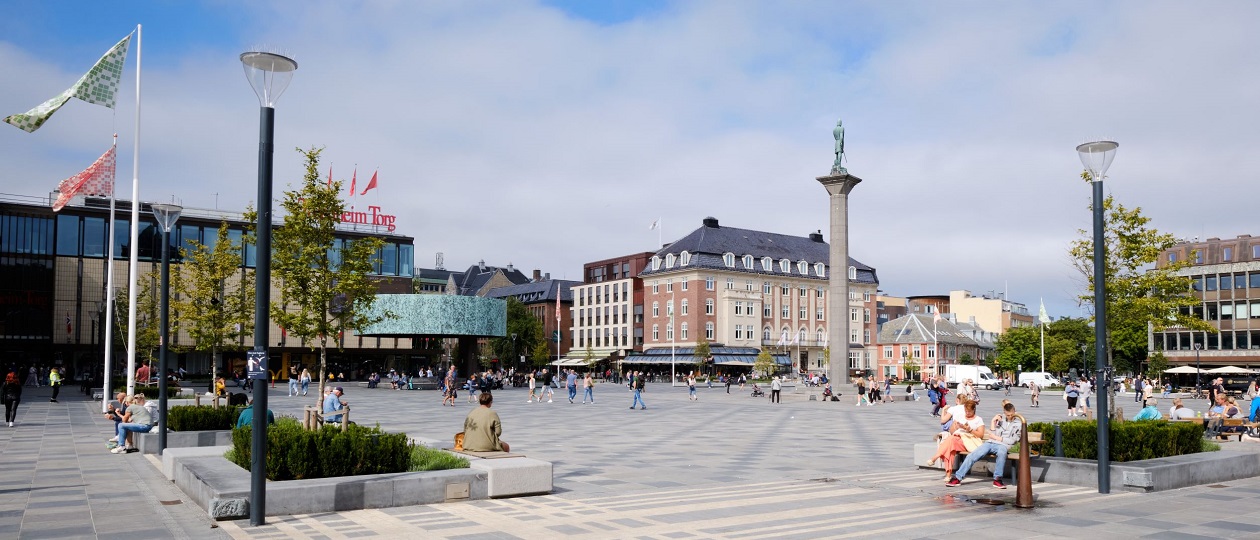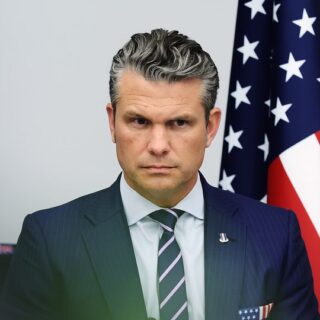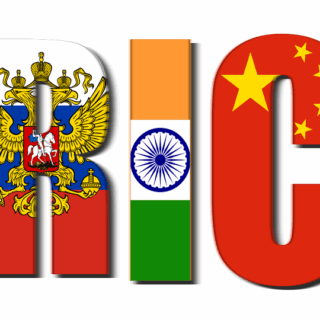
The image of the city of the future is one of the eternal questions that torments the minds of both architects and those responsible for urban development.
This question was asked both in ancient times at the dawn of the current civilization and in our days. At different times, different thinkers described various models of city organization. Many still remember the idea of a garden city, described by Howard at the turn of the XIX and XX centuries. It is based on the desire to combine the qualities of an urban lifestyle and closeness to nature. Unfortunately, in the XX century, the main directions of urban development were an increase in the density of development and the growth of high-rise construction.
And now in Saudi Arabia, the American architectural bureau SOM presented a master plan for a new district of the capital – Er-Riyadh, which provides for the construction of the tallest building in the world over two kilometers high. And this event again brings us back to the discussion about the image of the city of the future. What will it be like? As shown in Luc Besson’s film “The Fifth Element” with unrestrained height of buildings and insanely over-compacted. It seems that there is another answer to this question.
The city of the future is a city of comfort! The harmony of human existence should become a decisive factor in shaping the image of the city. This harmony is achieved through close contact between man and nature. These are the qualities of the urban environment that will be the most important in assessing its quality. This interaction consists of various qualities: low-rise buildings, integration of public green spaces and improvement of private courtyards. Diversity of landscape, including the presence of certain water bodies.
The city should be formed with a reverent attitude to those biocenoses that are inherent in a given territory.
A hundred years ago, domestic architects gave a powerful impetus to the development of architecture throughout the world. Soviet constructivism kept pace with the times and even in some ways was ahead of world trends. Can domestic architects in modern conditions give the world something similar that can influence urban development in the world? The answer is yes!
And this primarily concerns urban views, the concept of urban development. The idea of a city as a service market should remain in the past. A city is, first of all, a set of opportunities, opportunities for the harmonious development of the individual. It is in this context that we need to consider the prospects for urban development.
In a sense, this pushes us to revise the notorious 17 goals of sustainable development proclaimed in 2015. It seems to me more vital to rethink the basic postulates of sustainable development, which proclaimed the trinity of the ecological, social and economic. Based on this initial idea of the prospects for the development of the city, we can form an image of the city of the future, where the key will be the harmonious development of the individual, based on favorable conditions for human life.
It should be noted that the very concept of life activity is closely connected with the habitat, which again refers us to the connection between man and nature. It is the conditions of man’s connection with nature that are the key to the harmonious development of the individual.
From understanding the stated patterns, ideas about the ideal city of the future follow. And there is no place in it for two-kilometer or other high-rise buildings.
Such a way of life contradicts human nature. There is still room on Earth and people will be able to settle no higher than the height of a tree. Building harmonious formats of human residence is a priority task for the future. It is precisely on this that architects and urbanists should work.






One comment
Igor Filonenko
16.06.2025 at 18:02
I am grateful to Dmitry Narinsky for addressing a critically important topic and for the opportunity to develop it. Professional discussions about the directions of urbanism, urban development practices, and the “correct development” of cities in general have been going on for over 150 years, and if we take into account the views of utopians, then at least 300 years.
Criticism of the model of hyper-dense, high-rise megalopolises has existed throughout the entire period of their creation, but this does not greatly affect the developers and management of the largest cities in the world, who encourage such practices.
The author rightly contrasts it with the ideal of a “comfort city” based on harmony with nature, low-rise buildings, and an environmentally friendly attitude to the territory. This position is an important challenge to modern urbanism, reminding us of the basic needs of a person.
However, developing the thesis about the city as an opportunity, it is worth going further. Personal development is a dynamic and diverse process. What is an optimal environment for one person (or one stage of his life, or an entire community) may be unacceptable for another. Therefore, the key task for urbanism of the future is not the search for a single “ideal” city model (be it a garden city or a skyscraper canyon), but the conscious creation of a diversity of settlement types.
Perhaps the most important conclusion in the context of these considerations is the changing role of the urbanist and urban studies in the new era. He is becoming not just a creator of the physical environment, but a “designer of opportunities” and a “facilitator of mobility”. This requires an understanding of psychology, sociology, economics, ecology and technology to design a variable, adaptive and inclusive environment that improves the quality of life, facilitates choice and transitions. In fact, we are talking about designing a dynamic ecosystem of opportunities, where it is easy to live, develop and move – between life stages and types of places.